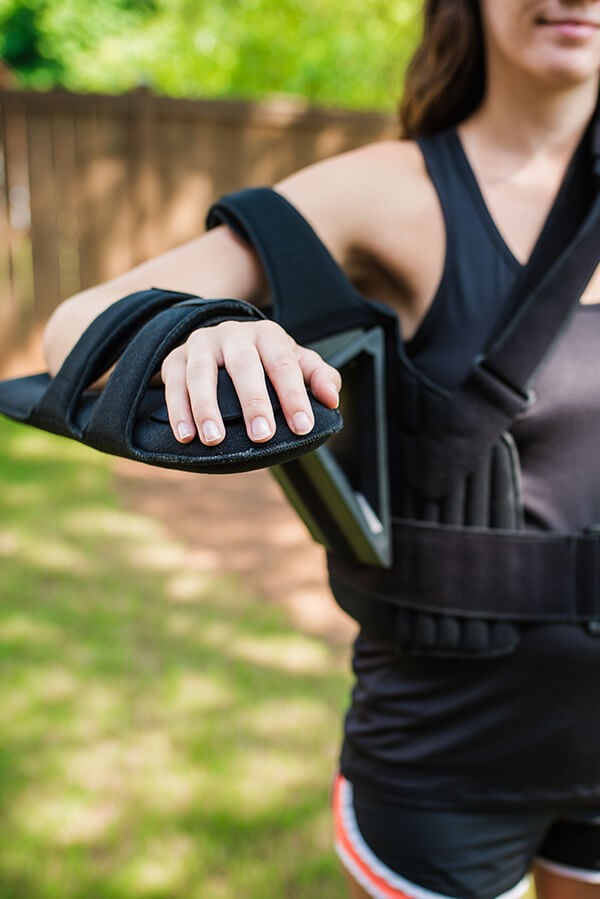

Kwon YW, Pinto VJ, Yoon J, Frankle MA, Dunning PE, Sheikhzadeh A (2012) Kinematic analysis of dynamic shoulder motion in patients with reverse total shoulder arthroplasty. Walker D, Matsuki K, Struk AM, Wright TW, Banks SA (2015) Scapulohumeral rhythm in shoulders with reverse shoulder arthroplasty. ĭe Toledo JM, Loss JF, Janssen TW, van der Scheer JW, Alta TD, Willems WJ, Veeger DH (2012) Kinematic evaluation of patients with total and reverse shoulder arthroplasty during rehabilitation exercises with different loads. Werner CM, Steinmann PA, Gilbart M, Gerber C (2005) Treatment of painful pseudoparesis due to irreparable rotator cuff dysfunction with the Delta III reverse-ball-and-socket total shoulder prosthesis. Lee KW, Kim YI, Kim HY, Yang DS, Lee GS, Choy WS (2016) Three-dimensional scapular kinematics in patients with reverse total shoulder arthroplasty during arm motion. įlurin PH, Marczuk Y, Janout M, Wright TW, Zuckerman J, Roche CP (2013) Comparison of outcomes using anatomic and reverse total shoulder arthroplasty. īergmann JH, de Leeuw M, Janssen TW, Veeger DH, Willems WJ (2008) Contribution of the reverse endoprosthesis to glenohumeral kinematics. Grammont PM, Baulot E (1993) Delta shoulder prosthesis for rotator cuff rupture. Good to excellent shoulder abduction could only be achieved by increasing the glenohumeral contribution that was associated with postoperative abduction strength.īoileau P, Watkinson DJ, Hatzidakis AM, Balg F (2005) Grammont reverse prosthesis: design, rationale, and biomechanics. Limited shoulder abduction is not associated with insufficient scapulothoracic mobility, which rather provides a basic level of function for RTSA patients.


Abduction strength was strongly associated with glenohumeral ( p = 0.006) but not scapulothoracic ( p = 0.34) joint contributions. Maximum shoulder abduction (range 48°–140°) was not significantly correlated with the scapulothoracic contribution (range 39°–75°, r = 0.40, p = 0.06), but there was a strong and significant correlation with the glenohumeral contribution (range − 9°–83°, r = 0.91, p < 0.001). Multiple regression analysis was used to determine the influence of age, body mass index, follow-up period, abduction strength and passive glenohumeral mobility on scapulothoracic and glenohumeral function. Individual scapulothoracic and glenohumeral contributions at maximum shoulder abduction in the scapular plane were measured using 3D motion capture and correlations between scapulothoracic and glenohumeral contributions to shoulder abduction were assessed. Twenty-three selectively recruited patients (74 ± 7 years, 11 males) with shoulder abduction ranging from poor to excellent at least 6 months after primary, unilateral RTSA participated in this study. In contrast, the degree of scapulothoracic joint contribution and its relation to RTSA patients with poor to excellent shoulder abduction are unclear. The contribution of the glenohumeral joint to shoulder abduction is acknowledged as an important factor for reverse total shoulder arthroplasty (RTSA) patients.


 0 kommentar(er)
0 kommentar(er)
